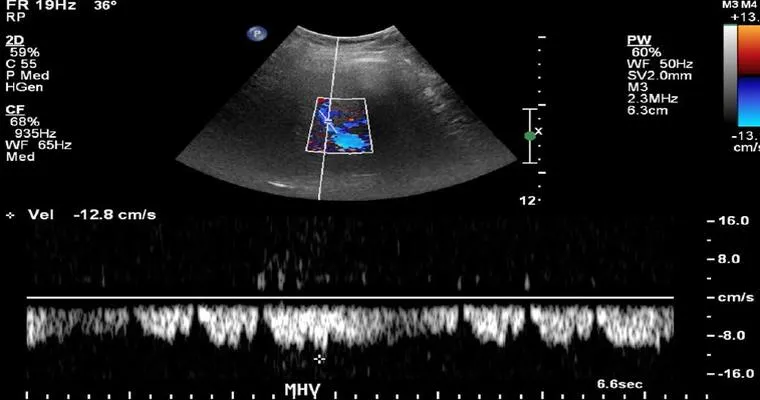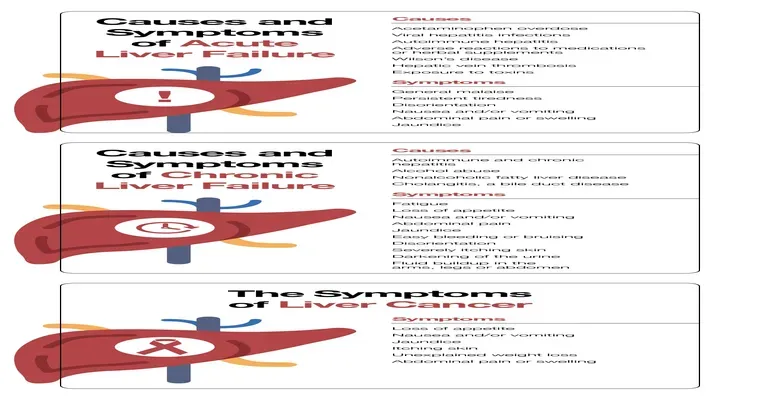"Hepatofugal flow" is a crucial term in the field of "vascular physiology" and "hepatology". It refers to the blood flow direction that moves away from the liver, primarily observed in certain pathological conditions. This phenomenon contrasts with the normal hepatopetal flow, where blood flows toward the liver. Understanding hepatofugal flow is essential for diagnosing various liver diseases and conditions that affect hepatic circulation. In this article, we will explore the concept of hepatofugal flow, its implications, and its significance in clinical practice.
What is Hepatofugal Flow?
Hepatofugal flow denotes the abnormal movement of blood away from the liver. This condition can occur due to various factors, including "portal hypertension", "vascular occlusions", or other liver-related diseases. In a healthy individual, blood from the gastrointestinal tract and spleen is transported to the liver via the "portal vein" for processing. However, when there is increased pressure in the portal vein, blood may find alternate pathways, leading to hepatofugal flow.
Causes of Hepatofugal Flow
Several underlying conditions can lead to hepatofugal flow, including:
1. "Portal Hypertension": This condition results from increased pressure in the portal vein, often due to liver cirrhosis, which can redirect blood flow away from the liver.
2. "Budd-Chiari Syndrome": A rare condition caused by the obstruction of hepatic venous outflow, leading to increased pressure and hepatofugal flow.
3. "Vascular Malformations": Anomalies in blood vessels can disrupt normal blood flow and cause hepatofugal movement.
Implications of Hepatofugal Flow
Hepatofugal flow can have significant implications for liver function and overall health. When blood is diverted away from the liver, it can compromise the organ's ability to metabolize nutrients, detoxify substances, and produce essential proteins. This can lead to a range of complications, including:
"Liver Dysfunction": Impaired liver function can result in elevated liver enzymes and other markers of liver disease.
"Ascites": Accumulation of fluid in the abdominal cavity may occur due to increased pressure in the portal system.
"Esophageal Varices": The redirected blood flow can lead to the development of enlarged veins in the esophagus, which can rupture and cause life-threatening bleeding.
Diagnosis and Management
Diagnosing hepatofugal flow typically involves imaging studies, such as "ultrasound", "CT scans", or "MRI", which can help visualize blood flow patterns in the liver. Doppler ultrasound is particularly useful in assessing hepatic and portal vein flow dynamics.
Management of hepatofugal flow focuses on treating the underlying cause. This may include:
"Medications": To manage portal hypertension, diuretics may be prescribed to reduce fluid retention.
"Surgical Interventions": In some cases, procedures such as shunt placement or liver transplantation may be necessary.
"Lifestyle Changes": Encouraging a healthier lifestyle, including diet and exercise, can help improve liver health and potentially reduce complications.
Conclusion
Hepatofugal flow is a significant indicator of various liver-related conditions and can have serious implications for overall health. Understanding its causes, implications, and management strategies is crucial for healthcare professionals and patients alike. Early detection and appropriate intervention can help mitigate the risks associated with hepatofugal flow and improve liver function. If you suspect any symptoms related to liver health, it is essential to seek medical advice promptly.





